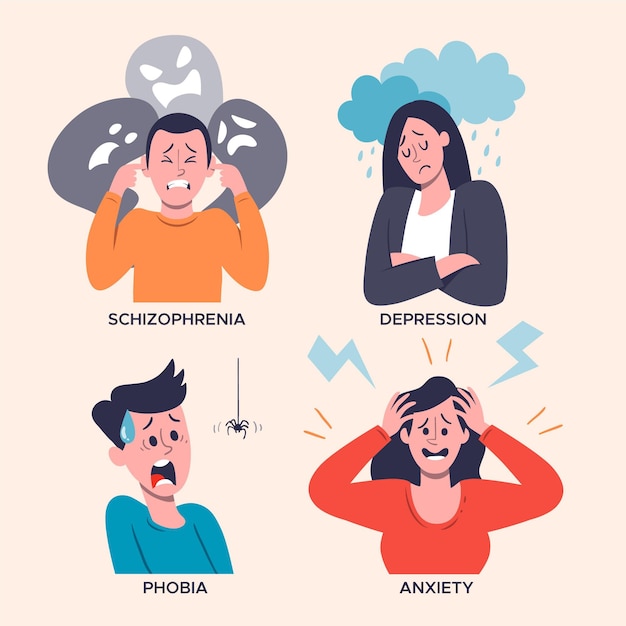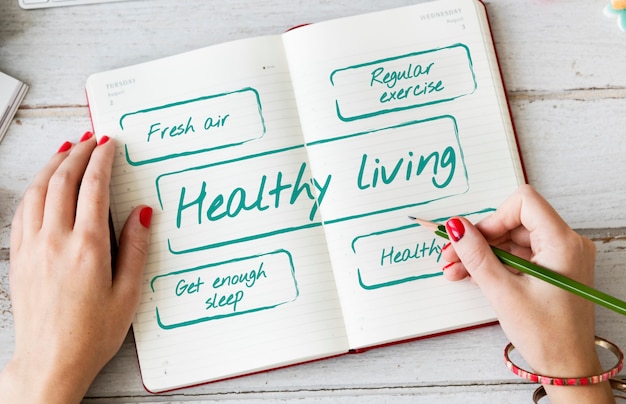
Kenny McKinley was a young and successful 23-year-old NFL player, a wide receiver, who sadly took his own life in 2010 after a knee injury. He had been chosen by the Denver Broncos from the University of South Caroline in the 2009 NFL Draft. Unfortunately, a knee injury in December ended his season early.
Fast forward to September next year, Kenny was found dead from a self-inflicted gunshot, confirmed to be a suicide. It was found out that he had been struggling with gambling debts and depression from his injury. Kenny had expressed to friends his despair at what life might look like without football.
Two years later, a similar tragedy happened to O.J. Murdock, a Tennessee Titans player who was Kenny’s freshman roommate at South Carolina, who also ended his life due to personal issues and a serious injury.
This highlights how serious injury can have a tremendous mental impact, leading some people into depression due to reduced social interaction from not being part of a team or endorphin slump due to reduced activity. Everyone’s experience will be different, but commonly felt emotions can be isolation, sadness, irritation, frustration, anger, disengagement, and lack of motivation.
Recognizing these feelings in yourself and making others aware is essential. This will help them understand that you could behave differently during the recovery phase.
One way to help the emotional recovery is to restore the physical activity or sport routine as soon as you can. This reduces the time spent inactive, which can help dissipate the feelings of depression. The ‘RICE’ method can be effective for injuries like knee injuries, groin pulls, muscle pains, shin splits, and others:
– Rest: Minimize the usage of the injured muscle based on the recommended duration by your doctor or trainer.
– Ice: Use cold therapy, which relieves pain and reduces inflammation. Use it continuously for about 20 minutes at a time each day.
– Compression: Use compression to support the injured body part until it heals, reducing swelling. There are many good calf braces and similar devices available.
– Elevation: Keep the injured area above your heart level when sitting or lying down, especially during the initial weeks of injury.
However, be careful when taking pain relievers. Aim for pain management, not complete elimination, as you could risk developing a painkiller addiction, which can worsen depression.
It’s important to remember that “rest” doesn’t necessarily mean complete inactivity. Many injured people switch to alternative exercises during their recovery, like runners opt for swimming or biking. These exercises release endorphins, which contribute to a sense of well-being and can help ease injury-related depression.
Look out for any factors that could worsen your depression. Risks are higher if you’re also dealing with personal issues apart from the injury, as seen in the case of the two football players. Be vigilant and watch for early warning signs, such as changes in your eating habits. Sometimes an eating disorder can start to develop. If you feel you’re struggling, never hesitate to ask for help.
It takes open communication, with others and with yourself, to navigate through this. Don’t shut other people out—remember that you are strong and able to overcome this.









